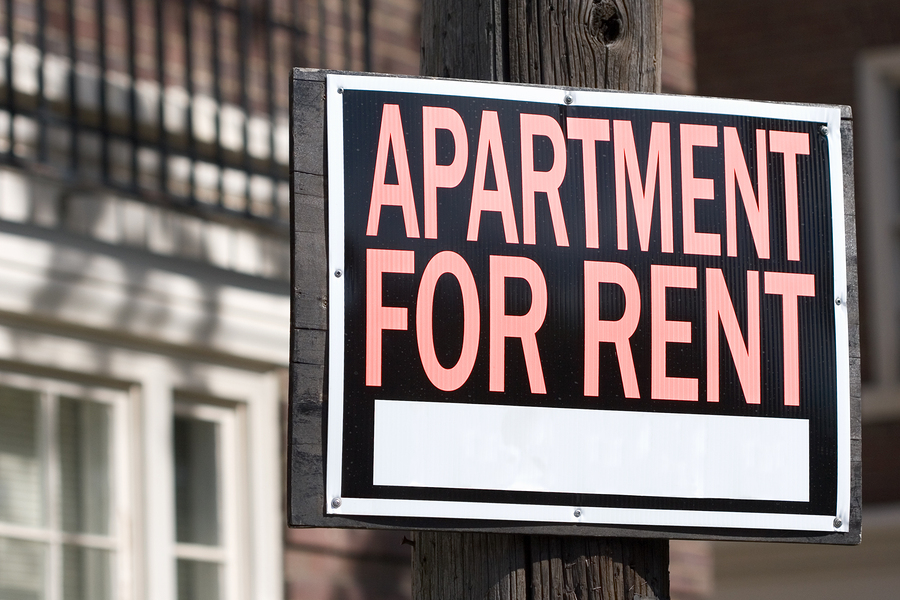Replacing a tenant is a costly exercise. The moment a tenant returns the keys, costs will accumulate daily. Here are the seven most common costs a multifamily property owner can expect when replacing a tenant, and some tips on how to reduce them.
1. Vacancy Loss
Every day that a unit is vacant, you will not receive any rent for it, which can turn into a substantial loss. Try to take a tiered approach in your lease contracts to ensure that everybody does not move out at the end of the same month. You can also reduce costs caused by vacancies by preparing for the tenant’s move-out ahead of time and generating leads before the apartment is empty.
2. Maintenance
Maintenance costs can be quite high, especially if the previous tenants caused damage. You will be paying for the materials and the labor. To keep maintenance costs low with a move-out, carry out regular inspections of all your units throughout the year and fix small problems promptly.
3. Replacement costs
Some appliances may be so old or worn out that they need to be replaced. You might also need to replace the carpet, doors or windows. An early inspection before the tenant moves out will allow you more time to find the best deals and to get replacements done quickly.
4. Cleaning
Most tenants won’t leave the unit clean enough to show. After maintenance, a proper clean-up will also be necessary, so be sure to factor in the costs of a professional cleaning crew.
5. Leasing Agent Rate/Commission
Your leasing agent will either charge you an hourly rate or a percentage of the rental income. If you have a low overall tenant turnover, it might be cheaper for you to pay the hourly rate instead of a monthly fee.
6. Marketing/Advertising Costs
Have a comprehensive marketing plan ready to generate leads as early as possible. Focus on advertising expiring units before they become vacant. Use the internet and social media to your advantage as a free advertising medium.
7. Legal fees and administrative charges
Legal fees should be part of your tenant replacement budget. Sometimes you will have to evict tenants, or legal disputes might arise with a move out. Consider working with an attorney who can offer you a flat rate for landlord services. To keep the legal costs low, it is imperative to find tenants who won’t give you problems.
When it comes to tenant replacement, time is money. The sooner you take action and the quicker you get things done, the lower your turnover costs will be.
Related Articles:
Great Ideas for Resident Retention: Easy Customer Service Makeover Tips
Multifamily Tenant Retention Strategies
Retain Residents With a Tenant Exit Interview and Survey
Latest posts by Theresa Bradley-Banta (see all)
- Multifamily Common Areas Maintenance & Management Tips - March 31, 2020
- 8 Tenant Gift Ideas That Will Boost Your Bottom Line - November 11, 2019
- Need a Package Delivery System at Your Multifamily Rental Property? - October 28, 2019



